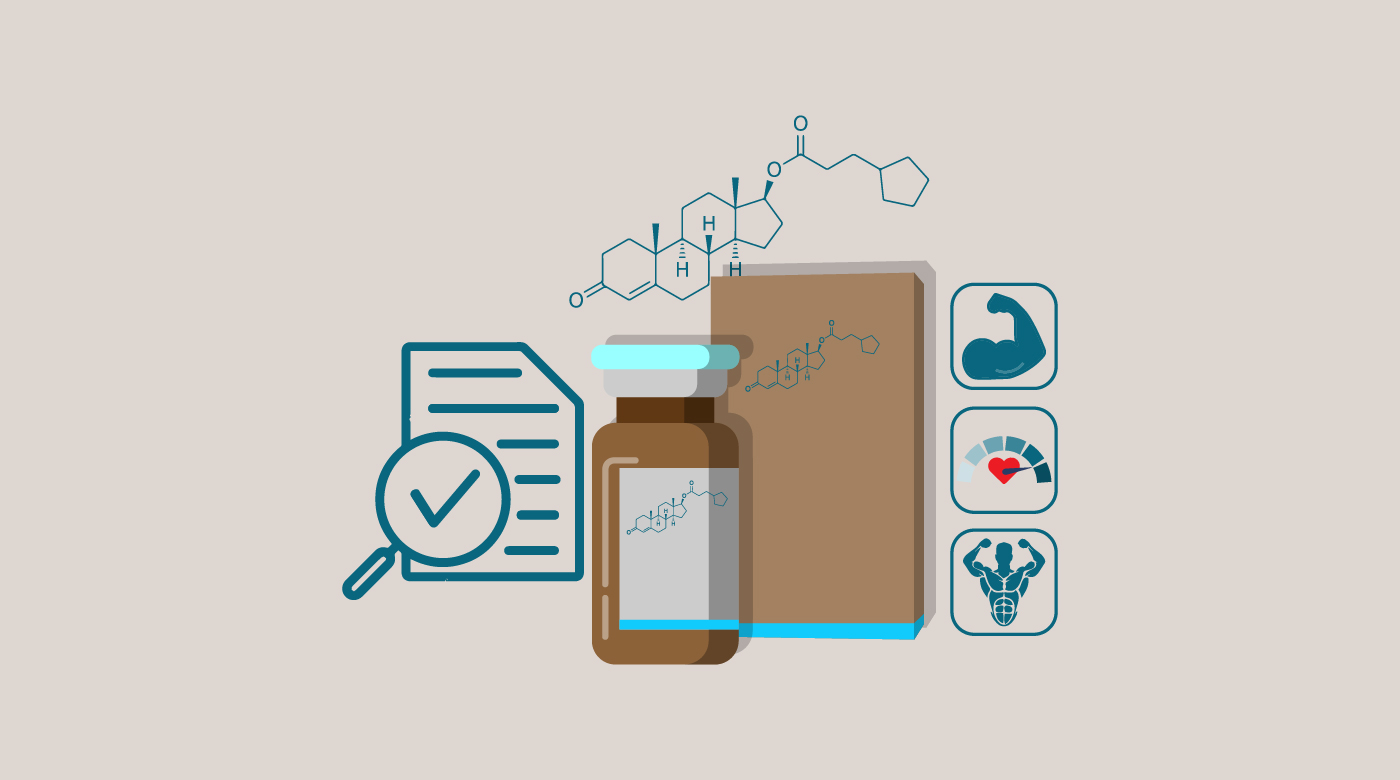
Testosterone cypionate is a well-known and widely used synthetic testosterone hormone. It plays a crucial role in men’s health and is also used in certain medical conditions. This article aims to provide a comprehensive understanding of testosterone cypionate description dosage side effects cycle , and how it is used in cycles for various purposes.
Description of Testosterone Cypionate
- Chemical Composition: Testosterone cypionate is a synthetic form of testosterone, the primary male sex hormone. It is an esterified hormone, which means it has been modified to prolong its action in the body.
- Delivery Method: It is typically administered via intramuscular injection. The slow-release nature of cypionate allows for less frequent dosing compared to other testosterone esters.
- Half-Life: The half-life of testosterone cypionate is approximately 8 days, meaning it remains active in the body for an extended period.
Recommended Dosage
- Medical Use: In a medical context, testosterone cypionate is prescribed to treat conditions such as hypogonadism (low testosterone levels). Typical dosages range from 50 mg to 400 mg every 2 to 4 weeks, depending on the patient’s needs.
- Performance Enhancement: In the world of bodybuilding and performance enhancement, dosages can vary widely. Some athletes use between 200 mg to 1000 mg or more per week, but this is not recommended without proper medical supervision.
Potential Side Effects
- Estrogenic Effects: Testosterone can aromatize into estrogen in the body, leading to side effects like water retention, gynecomastia (development of breast tissue in males), and increased blood pressure.
- Androgenic Effects: Testosterone cypionate can cause androgenic side effects, including acne, increased body hair growth, and male pattern baldness, especially in those with a genetic predisposition.
- Cardiovascular Risk: Elevated levels of testosterone can affect cholesterol levels, potentially increasing the risk of cardiovascular issues.
- Suppression of Natural Testosterone: Long-term use of testosterone cypionate can lead to the suppression of natural testosterone production, which may require post-cycle therapy (PCT) to recover.
Cycling with Testosterone Cypionate
- Bulking Cycles: Testosterone cypionate is often used in bulking cycles to increase muscle mass and strength. Typical cycles last 8-12 weeks, with dosages ranging from 300 mg to 800 mg per week. A well-structured cycle includes an aromatase inhibitor to manage estrogen levels.
- Cutting Cycles: While not as common as in bulking cycles, some athletes incorporate testosterone cypionate into their cutting cycles. Lower dosages, typically 200-400 mg per week, are used to preserve muscle mass during calorie deficits.
- PCT: After completing a cycle, it’s essential to undergo post-cycle therapy to help the body recover its natural testosterone production. Common PCT drugs include Clomid and Nolvadex.
Testosterone cypionate is a potent hormone with both medical and performance-enhancing applications. Understanding its description, recommended dosage, potential side effects, and how it is used in cycles is crucial for individuals considering its use. Always consult with a healthcare professional before embarking on any testosterone cypionate regimen to ensure safe and responsible use.
FAQs
Q1: What is testosterone cypionate, and how does it differ from natural testosterone?
A1: Testosterone cypionate is a synthetic form of testosterone, the primary male sex hormone. It differs from natural testosterone in that it has been modified (esterified) to have a longer-lasting effect when administered in the body.
Q2: How is testosterone cypionate typically administered?
A2: Testosterone cypionate is usually administered via intramuscular injection. Its slow-release nature allows for less frequent dosing compared to other testosterone esters.
Q3: What is the half-life of testosterone cypionate?
A3: The half-life of testosterone cypionate is approximately 8 days. This means it remains active in the body for an extended period, requiring less frequent administration.
Q4: What are the recommended dosages for testosterone cypionate in medical use?
A4: In a medical context, dosages of testosterone cypionate typically range from 50 mg to 400 mg every 2 to 4 weeks, depending on the patient’s specific needs and condition.
Q5: What are the potential side effects of testosterone cypionate?
A5: Potential side effects include estrogenic effects like water retention and gynecomastia, androgenic effects like acne and increased body hair, and cardiovascular risks due to alterations in cholesterol levels.
Q6: How is testosterone cypionate used in performance enhancement cycles?
A6: Testosterone cypionate is commonly used in performance enhancement cycles for bulking and cutting. Bulking cycles may involve dosages ranging from 300 mg to 800 mg per week, while cutting cycles typically use 200-400 mg per week.
Q7: What is post-cycle therapy (PCT), and why is it important?
A7: Post-cycle therapy (PCT) is crucial after completing a testosterone cypionate cycle to help the body recover its natural testosterone production. It typically involves the use of drugs like Clomid and Nolvadex.
Q8: Can testosterone cypionate be used safely without medical supervision for performance enhancement?
A8: It is not recommended to use testosterone cypionate for performance enhancement without proper medical supervision. Misuse can lead to serious health risks, and responsible use is essential.
Q9: What should individuals considering testosterone cypionate use do before starting a regimen?
A9: Individuals considering testosterone cypionate use should consult with a healthcare professional before starting any regimen to ensure safe and responsible use and to discuss potential risks and benefits.
Q10: Are there alternatives to testosterone cypionate for addressing low testosterone levels?
A10: Yes, there are alternative treatments, including other forms of testosterone replacement therapy, lifestyle changes, and natural supplements. Consulting with a healthcare provider can help determine the most suitable approach for each individual.




